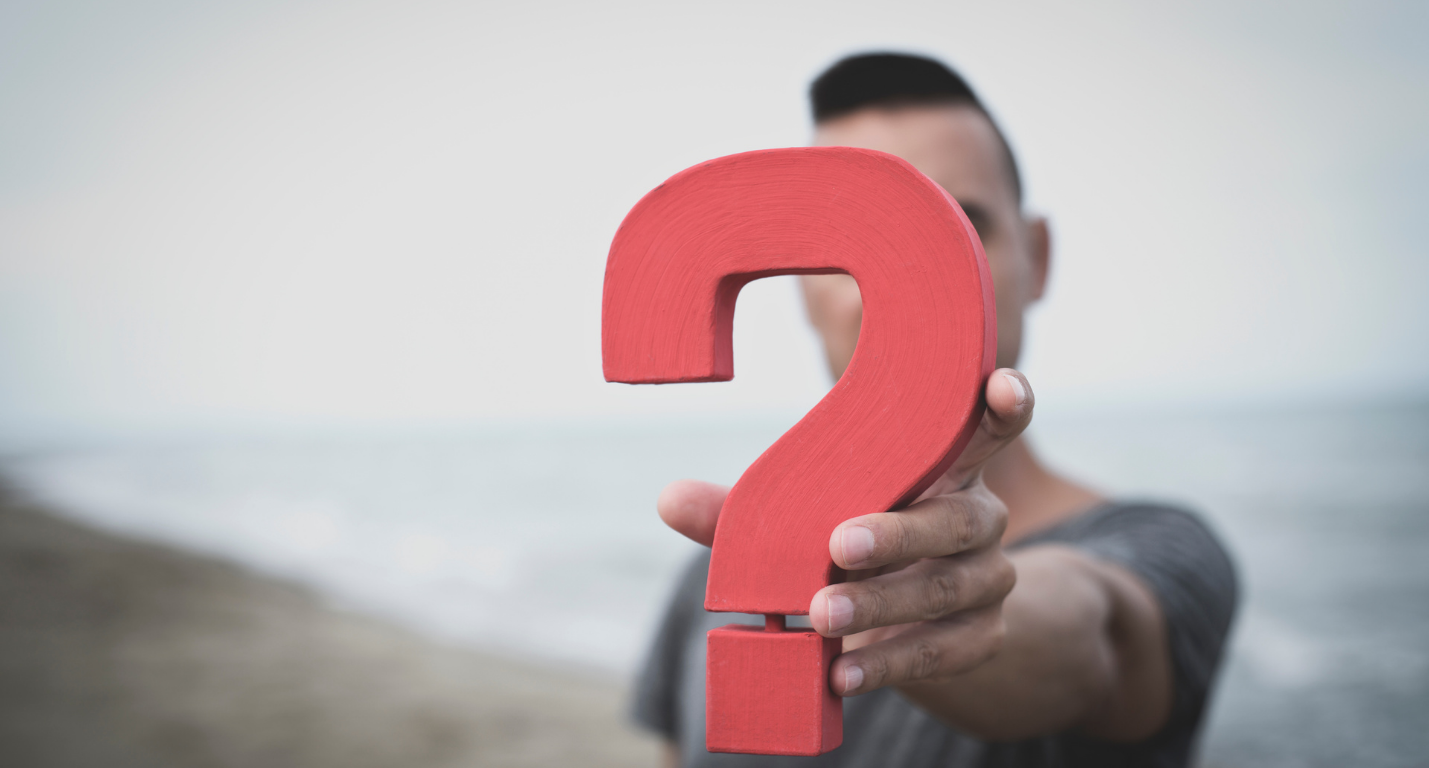What are Jamstack Websites
Konabos Inc. - Konabos
23 Aug 2021
Jamstack is a modern web architecture that allows developers to enhance the user experience by simultaneously creating static and dynamic sites, therefore making the entire web development process faster, more secure, and scalable. It works well with any website, from blogs to large e-commerce platforms. Jamstack is not a programming language, nor is it new technology, but instead, it is simply an innovative and flexible way to build lightweight websites and applications. Coined by Netlify co-founder Mathias Biilmann back in 2015, Jamstack has gained traction within the community. Both developers and companies alike have started embracing the flexibility that the Jamstack approach brings to build websites. Imagine creating a fast site that can scale without problem, that will bring interactive, dynamic content to your audience using JavaScript and APIs, and where server maintenance is no longer your concern! That’s essentially what Jamstack aims to do - make life simpler, faster, and worry-free (or almost!). Let’s look at what Jamstack is, how it works, and how migrating towards Jamstack could help your company enhance and accelerate the user experience and maximize your team’s performance.
What is Jamstack
Jamstack stands for: JavaScript - Resides on the client-side and is managed in the browser during runtime to handle and display user requests and bring dynamic behavior to the site. APIs - replaces the backend and retrieves all necessary information from the products and services required through pre-packaged (or custom-built) reusable APIs. Markup - Used to serve the HTML needed and can be done using a static site generator. The markup is the part the user sees on their end. In a nutshell, Jamstack is about going as serverless as possible, which means pushing as many tasks as possible to the client for better performance and faster loading time. Jamstack incorporates both static and dynamic elements by pre-rendering static content to a Content Delivery Network (CDN) and making it dynamic via APIs and serverless functions.
How Jamstack Works
Understanding Jamstack can be confusing, especially for the less tech-savvy people out there. But what’s important to remember is that Jamstack is not a particular tool but rather a flexible environment and a set of procedures that can help you create fast, dynamic, and user-friendly websites and apps. Let’s look at a few principles and components of the Jamstack model:
Pre-Rendering
When using a Jamstack architecture, the front-end is pre-built into highly optimized static pages and assets at build time. The pre-rendering process can be served directly from a CDN, which means that web servers don’t need to perform any activity for each request made.
Decoupling
By creating a clear separation between the front and backend, each service and component required to operate a site can be independently upgraded or removed without affecting the rest of the infrastructure. Decoupling, therefore, allows developers to easily create their own unique stack without worries.
APIs
Jamstack allows you to leverage products and services from experts via third-party or custom-made APIs, which removes the burden off developers from creating and maintaining these applications. Outsourcing things like payments, authentication, contact management etc., allows developers to focus on complex applications while domain experts handle these API capabilities.
Serverless
Jamstack websites do not operate using backend-server technology but rather use serverless functions and APIs to add a dynamic element to static assets. Although called serverless, the absence of a server is not actually the case. Serverless refers to the fact that the servers involved are managed by third-party vendors as opposed to internally. With Jamstack, developers no longer need to worry about infrastructure or deploying and maintaining servers and instead can focus on coding.
CDNs
Because Jamstack is all about going serverless, server-side code can easily be distributed globally rather than remain on a single server. Serving directly from a CDN closer to the user enhances speed and performance and provides a generally better user experience.
Static and Dynamic Functions
Static sites deliver pre-built content to a server, and this content remains static and does not change regardless of who is accessing it. On the other hand, dynamic sites adjust the content on the fly based on the user requests. Due to their pre-built functions, static sites are faster, whereas dynamic content is much more interactive and provides a more enjoyable user experience. Jamstack allows developers to build static files and incorporate API functionalities and JavaScript to enable the website to be dynamic. These functions make Jamstack sites both static and dynamic, and this easily distinguishes the Jamstack framework from any others.
Benefits of Jamstack Websites
Sites built using a Jamstack architecture are beneficial to everyone involved. Not only does it provide a better user experience, but business owners can appreciate the cost efficiency, and developers can focus on coding and customization. Let’s look at a few benefits of Jamstack websites.
Speed - Since Jamstack sites have pre-generated content, there is no need for a server to assemble everything at request time. The content available on a CDN allows for a high-performance website, and page loading speed will positively impact both SEO and the user experience.
Scale - When served via a CDN, Jamstack sites can be cached and therefore deal with a heavy load capacity. Businesses no longer need to worry about crashes as the CDN can compensate for any unexpected overloads.
Secure - because Jamstack is composed of pre-generated static assets, multiple moving parts, and involves fewer systems, it decreases the chances of an attack. The dynamic functions provided by third-party vendors have their own team of dedicated security experts handling any issues on their end.
Cost-Efficient - Building, maintaining, and deploying Jamstack sites cost less than traditional websites, as there is no backend using financial resources. Databases become obsolete, fewer servers are required, and hosting is also cheaper under this model.
Enhance Developer Experience - Developers get to choose and create their preferred stack and are no longer stifled by the limitations of certain products and platforms. They also don’t have to worry about server maintenance and API capabilities, as third-party vendors handle this.
Although Jamstack has become a hit with developers, it is still relatively young but is in constant evolution, and the ecosystems surrounding it will keep growing and maturing with time. Jamstack is a resilient and exciting way to build fast sites that heighten the user experience.
If you’ve ever wanted to move on from the rigid monolithic and towards a quicker and more flexible serverless, CDN-focused model, then Jamstack may just be right for you! Give us a call, and the Konabos team will be happy to answer all your questions and show you how implementing the Jamstack approach can bring your team and your website to the next level.
Learn more about our Composable DXP Design And Implementation Services

Konabos Inc.
Yay to Konabosing in style! Content tagged with the Konabos handle is produced by two or more Konabos team members.



Share on social media